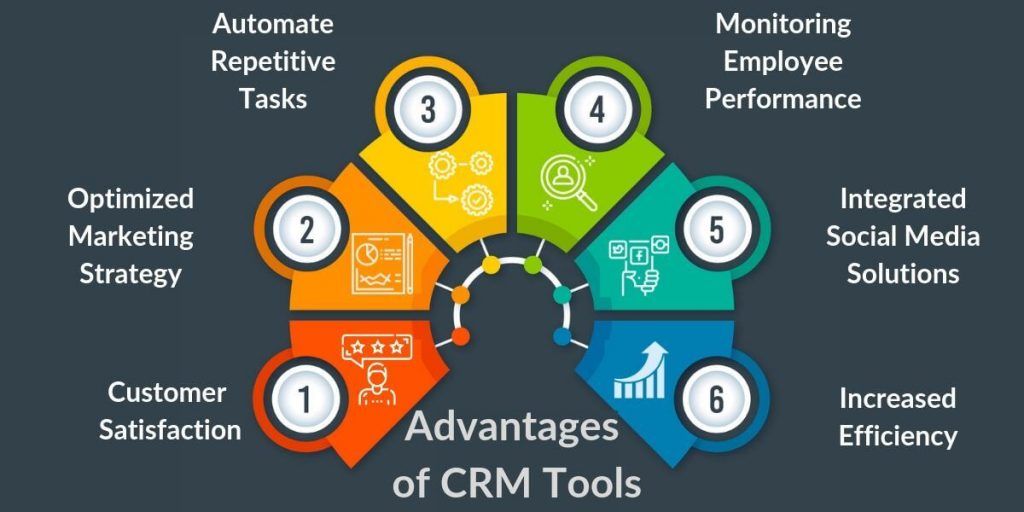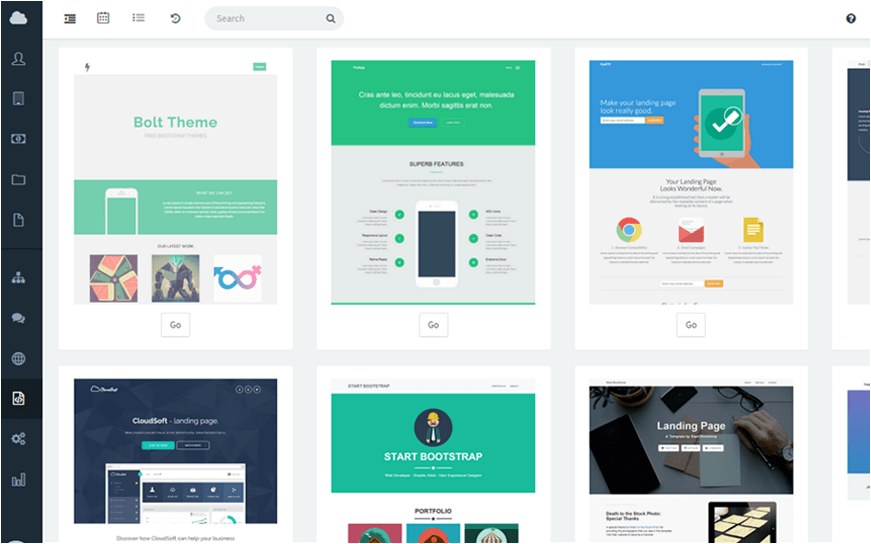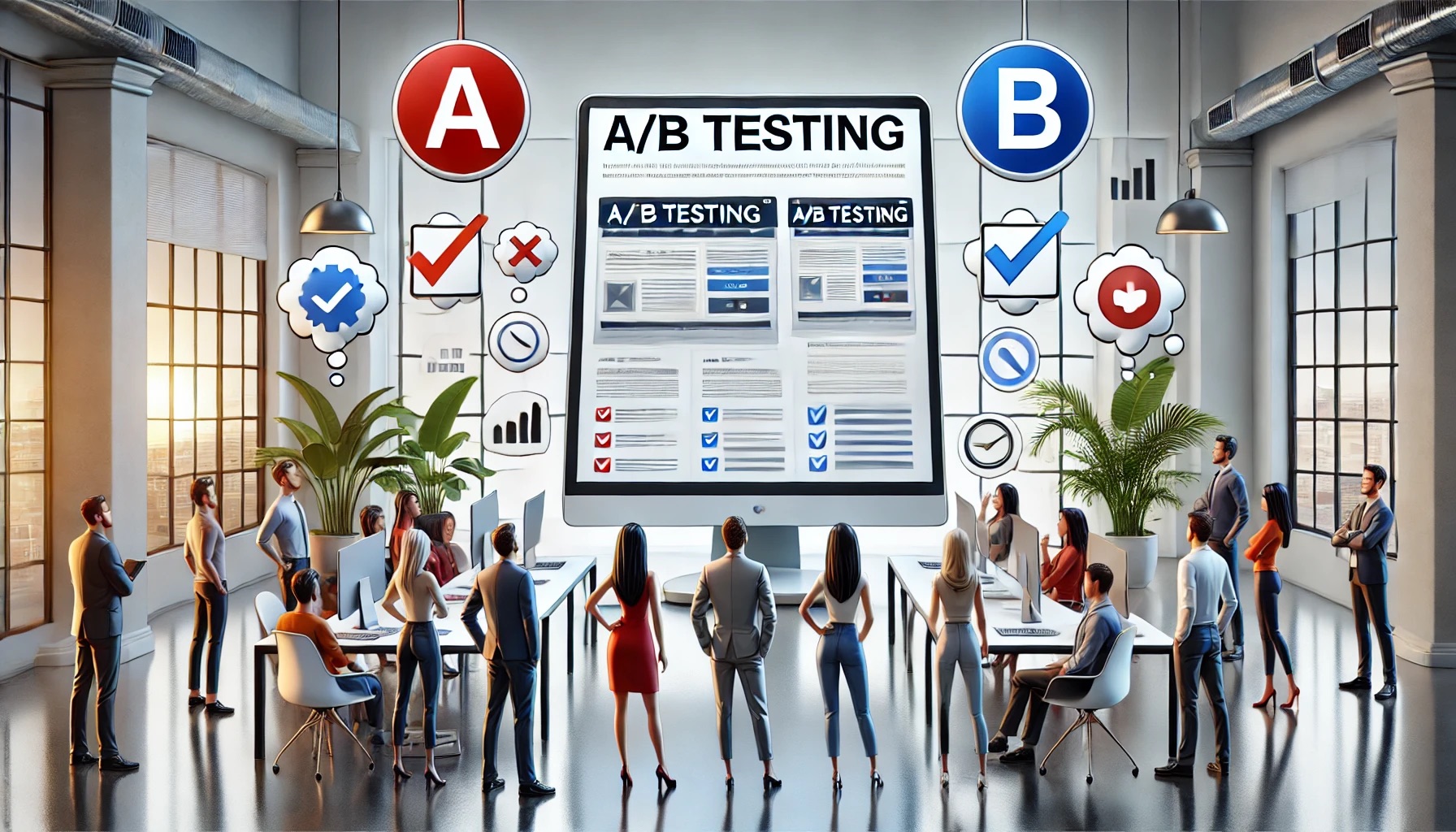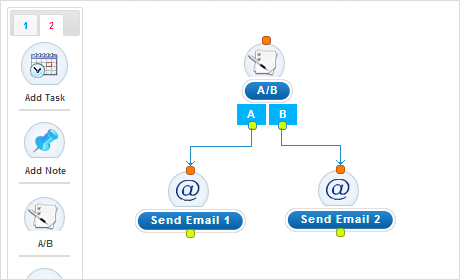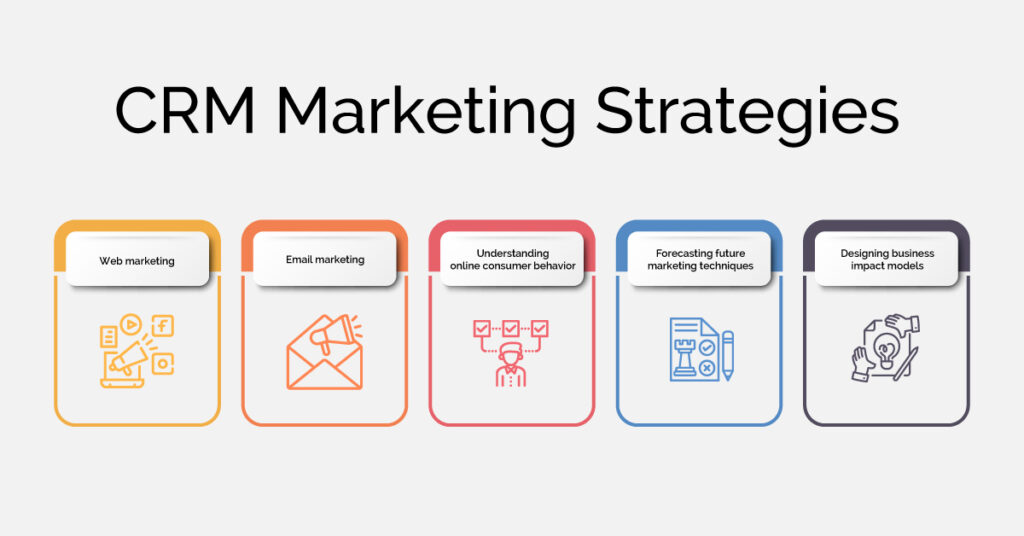Boost Customer Loyalty & Revenue: A Deep Dive into CRM, Marketing, and Loyalty Rewards
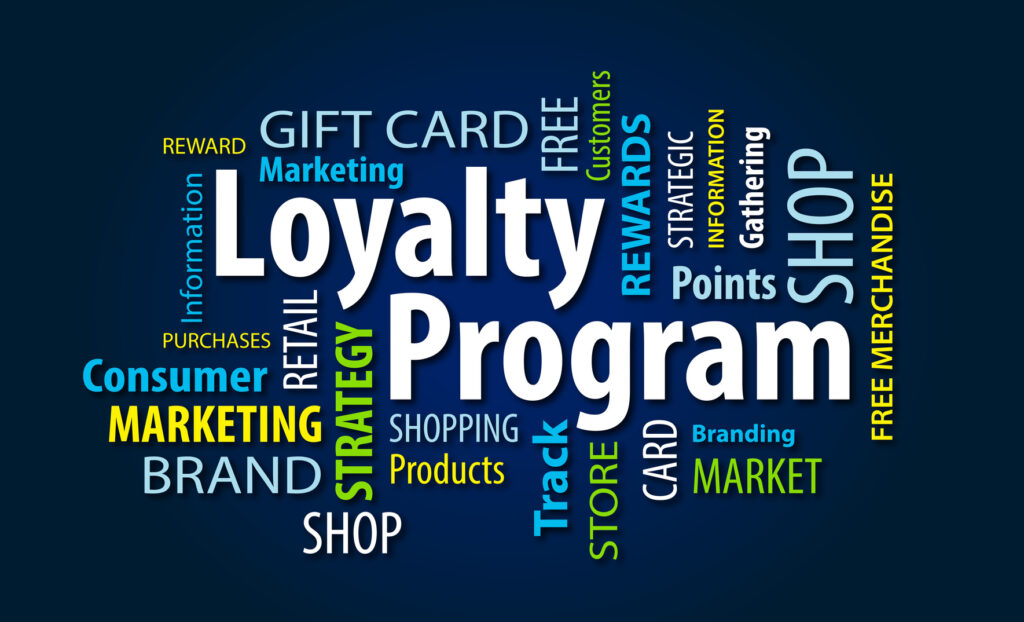
Boost Customer Loyalty & Revenue: A Deep Dive into CRM, Marketing, and Loyalty Rewards
In today’s hyper-competitive market, simply acquiring customers isn’t enough. The real magic happens when you transform those initial acquisitions into long-term, loyal relationships. This is where the trifecta of CRM (Customer Relationship Management), marketing, and loyalty rewards programs comes into play. They work in concert to not only attract customers but also to keep them coming back for more, fostering a thriving business ecosystem.
This comprehensive guide will delve into the intricacies of each of these components, showing you how to seamlessly integrate them to create a powerful engine for customer loyalty, increased revenue, and sustainable growth. We’ll explore the core principles, practical strategies, and real-world examples to help you build a winning customer-centric strategy.
Understanding the Pillars: CRM, Marketing, and Loyalty Rewards
CRM: The Heart of Customer Relationships
At its core, CRM is more than just a software solution; it’s a philosophy, a way of doing business that puts the customer at the center of everything. It’s about understanding your customers, their needs, and their behaviors to deliver personalized experiences that resonate with them. Think of it as the central nervous system of your business, connecting all customer-related data and interactions.
A robust CRM system allows you to:
- Centralize Customer Data: Store all customer information in one accessible location, including contact details, purchase history, communication logs, and preferences.
- Improve Customer Segmentation: Group customers based on demographics, behavior, purchase patterns, and other relevant criteria to tailor your marketing efforts.
- Enhance Communication: Manage and track all customer interactions, ensuring consistent and personalized communication across all channels.
- Automate Tasks: Streamline repetitive tasks like email marketing, appointment scheduling, and follow-up calls, freeing up your team to focus on higher-value activities.
- Gain Insights: Generate reports and analyze data to understand customer behavior, identify trends, and make data-driven decisions.
Choosing the right CRM system is crucial. Consider your business size, industry, and specific needs. Popular options include Salesforce, HubSpot, Zoho CRM, and Microsoft Dynamics 365, each offering a range of features and pricing options.
Marketing: Reaching and Engaging Your Audience
Marketing is the engine that drives customer acquisition and engagement. It’s about creating awareness, generating leads, and nurturing relationships to convert prospects into loyal customers. Effective marketing goes beyond simply promoting your products or services; it’s about building a brand, telling a story, and providing value to your target audience.
Key aspects of marketing that intertwine with CRM and loyalty programs include:
- Content Marketing: Creating valuable and engaging content (blog posts, articles, videos, infographics) to attract and educate your target audience.
- Email Marketing: Sending targeted emails to nurture leads, promote products, and communicate with existing customers.
- Social Media Marketing: Building a brand presence on social media platforms, engaging with followers, and running targeted advertising campaigns.
- Paid Advertising: Utilizing platforms like Google Ads and social media advertising to reach a wider audience and drive traffic to your website.
- Marketing Automation: Automating marketing tasks like email campaigns, lead nurturing, and social media posting to improve efficiency and personalize the customer journey.
The best marketing strategies are data-driven, meaning they rely on insights from your CRM system to understand customer behavior and tailor your campaigns accordingly. This allows you to deliver the right message, to the right person, at the right time.
Loyalty Rewards: Rewarding and Retaining Customers
Loyalty rewards programs are designed to incentivize repeat purchases and build long-term customer relationships. They go beyond transactional benefits and create a sense of belonging and appreciation for your customers. When done right, these programs can significantly boost customer retention rates and drive revenue growth.
Here’s what makes a successful loyalty rewards program:
- Clear Value Proposition: Offer rewards that are desirable and relevant to your target audience.
- Easy to Understand and Use: Make it simple for customers to earn and redeem rewards.
- Personalized Experience: Tailor rewards and offers based on customer preferences and behavior.
- Multi-Channel Integration: Allow customers to participate in the program across all channels (online, in-store, mobile).
- Data-Driven Optimization: Track program performance and make adjustments based on customer behavior and feedback.
Common types of loyalty rewards include points-based systems, tiered programs, exclusive offers, early access to products, and personalized discounts. Consider your business and customer base when choosing the right program structure.
Integrating the Trio: A Synergistic Approach
The true power of CRM, marketing, and loyalty rewards lies in their synergistic integration. When these three components work together seamlessly, you create a customer-centric ecosystem that drives loyalty, engagement, and revenue. Here’s how to achieve this integration:
1. Leverage CRM for Customer Segmentation and Personalization
Your CRM system is the source of truth for all customer data. Use this data to segment your customers based on various criteria, such as purchase history, demographics, engagement levels, and preferences. This segmentation allows you to tailor your marketing messages and loyalty rewards offers to specific customer groups.
Example: If your CRM reveals that a customer frequently purchases a particular product, you can send them a personalized email with a special offer on related items or reward them with bonus points for their next purchase.
2. Use Marketing Automation to Deliver Personalized Experiences
Marketing automation tools, often integrated with your CRM, enable you to create automated workflows that deliver personalized messages and offers based on customer behavior. This can include welcome emails, abandoned cart reminders, birthday greetings, and targeted product recommendations.
Example: When a new customer signs up for your loyalty program (integrated with CRM), automatically send a welcome email with a special offer or a guide to earning rewards. If a customer abandons their cart, send a reminder email with a discount to encourage them to complete their purchase.
3. Integrate Loyalty Rewards with CRM and Marketing
Connect your loyalty rewards program to your CRM and marketing platforms to track customer engagement and personalize rewards. This integration allows you to:
- Track Reward Earnings and Redemptions: Monitor how customers earn and redeem rewards, gaining insights into their behavior and preferences.
- Personalize Reward Offers: Offer tailored rewards based on customer segmentation and purchase history.
- Automate Reward Notifications: Send automated notifications to customers when they earn points, redeem rewards, or reach a new loyalty tier.
- Promote Loyalty Programs in Marketing Campaigns: Highlight your loyalty program in your marketing materials to attract new members and encourage existing customers to participate.
Example: After a customer makes a purchase, automatically award them points in your loyalty program. Send them a personalized email thanking them for their purchase and highlighting their current point balance. If they are close to reaching a new loyalty tier, send them a reminder to encourage them to make another purchase.
4. Analyze Data and Optimize Your Strategy
Regularly analyze the data from your CRM, marketing campaigns, and loyalty rewards program to identify areas for improvement. Track key metrics such as customer lifetime value, customer retention rate, average order value, and conversion rates. Use these insights to refine your customer segmentation, personalize your marketing messages, and optimize your loyalty rewards program.
Example: If you notice that a particular customer segment is not engaging with your loyalty program, analyze their behavior to understand why. You might discover that they prefer different rewards or that your communication is not resonating with them. Adjust your strategy accordingly to improve engagement.
Real-World Examples of Successful Integration
Let’s look at a few examples of how businesses are successfully integrating CRM, marketing, and loyalty rewards to drive customer loyalty and revenue:
Starbucks Rewards
Starbucks is a master of customer loyalty. Their rewards program is deeply integrated with their mobile app and CRM system. Customers earn stars for every purchase, which they can redeem for free drinks, food, and other perks. The app tracks customer purchases, personalizes offers, and provides a seamless experience. Starbucks uses this data to understand customer preferences and tailor their marketing efforts.
Sephora Beauty Insider
Sephora’s Beauty Insider program is another excellent example. Customers earn points for every purchase, which they can redeem for samples, exclusive products, and early access to sales. Sephora uses its CRM system to track customer preferences and provide personalized recommendations and offers. They also use marketing automation to send targeted emails and promote their loyalty program.
Amazon Prime
Amazon Prime is a subscription-based loyalty program that offers a wide range of benefits, including free shipping, streaming services, and exclusive discounts. Amazon uses its CRM system to track customer behavior and personalize recommendations. They also use marketing automation to promote Prime membership and engage with subscribers. The program is deeply integrated with the entire Amazon ecosystem, making it incredibly convenient for customers.
Best Practices for Implementation
Implementing a successful CRM, marketing, and loyalty rewards strategy requires careful planning and execution. Here are some best practices to keep in mind:
- Define Your Goals and Objectives: Before you start, clearly define your goals and objectives. What do you want to achieve with your CRM, marketing, and loyalty rewards program? (e.g., increase customer retention, drive revenue growth, improve customer satisfaction)
- Choose the Right Technology: Select CRM, marketing automation, and loyalty rewards platforms that meet your business needs and integrate seamlessly.
- Clean and Organize Your Data: Ensure your customer data is accurate, complete, and up-to-date. Regularly clean and organize your data to maintain its integrity.
- Personalize Your Communication: Use customer data to personalize your marketing messages and loyalty rewards offers.
- Test and Optimize: Continuously test and optimize your campaigns and programs based on data and customer feedback.
- Train Your Team: Train your team on how to use your CRM, marketing automation, and loyalty rewards platforms.
- Provide Excellent Customer Service: Make sure your team is providing excellent customer service across all channels.
- Be Transparent and Ethical: Be transparent with your customers about how you collect and use their data. Always adhere to ethical marketing practices.
- Monitor and Measure Results: Track key metrics to measure the effectiveness of your CRM, marketing, and loyalty rewards programs.
Overcoming Common Challenges
Implementing a successful CRM, marketing, and loyalty rewards strategy can present some challenges. Here are some common hurdles and how to overcome them:
- Data Silos: Break down data silos by integrating your CRM, marketing automation, and loyalty rewards platforms.
- Lack of Data Quality: Invest in data cleansing and enrichment to ensure your customer data is accurate and complete.
- Lack of Personalization: Use customer data to personalize your marketing messages and loyalty rewards offers.
- Poor Customer Experience: Focus on providing a seamless and personalized customer experience across all channels.
- Difficulty Measuring ROI: Track key metrics to measure the effectiveness of your CRM, marketing, and loyalty rewards programs.
- Resistance to Change: Get buy-in from your team and stakeholders by clearly communicating the benefits of the new strategy.
The Future of CRM, Marketing, and Loyalty Rewards
The landscape of CRM, marketing, and loyalty rewards is constantly evolving. Here are some trends to watch:
- Artificial Intelligence (AI): AI is being used to personalize customer experiences, automate marketing tasks, and predict customer behavior.
- Mobile-First Approach: Businesses are increasingly focusing on mobile-first strategies to engage with customers on their preferred devices.
- Hyper-Personalization: Businesses are using data to provide even more personalized experiences and offers.
- Data Privacy and Security: Protecting customer data is becoming increasingly important, with businesses focusing on data privacy and security.
- Omnichannel Experience: Customers expect a seamless experience across all channels, with businesses focusing on providing an omnichannel experience.
Conclusion: Building a Lasting Customer-Centric Strategy
Integrating CRM, marketing, and loyalty rewards is no longer optional; it’s essential for businesses that want to thrive in today’s competitive market. By putting the customer at the center of your strategy, you can build lasting relationships, increase customer lifetime value, and drive sustainable growth.
Remember to focus on data-driven insights, personalized experiences, and seamless integration. By embracing these principles, you can create a customer-centric ecosystem that will help you achieve your business goals and build a loyal customer base that will keep coming back for more.
The journey towards a truly customer-centric business is ongoing. Embrace the evolution, adapt to the changing landscape, and always strive to exceed your customers’ expectations. The rewards of a well-executed strategy are well worth the effort, leading to a thriving business built on the foundation of loyal customers.

